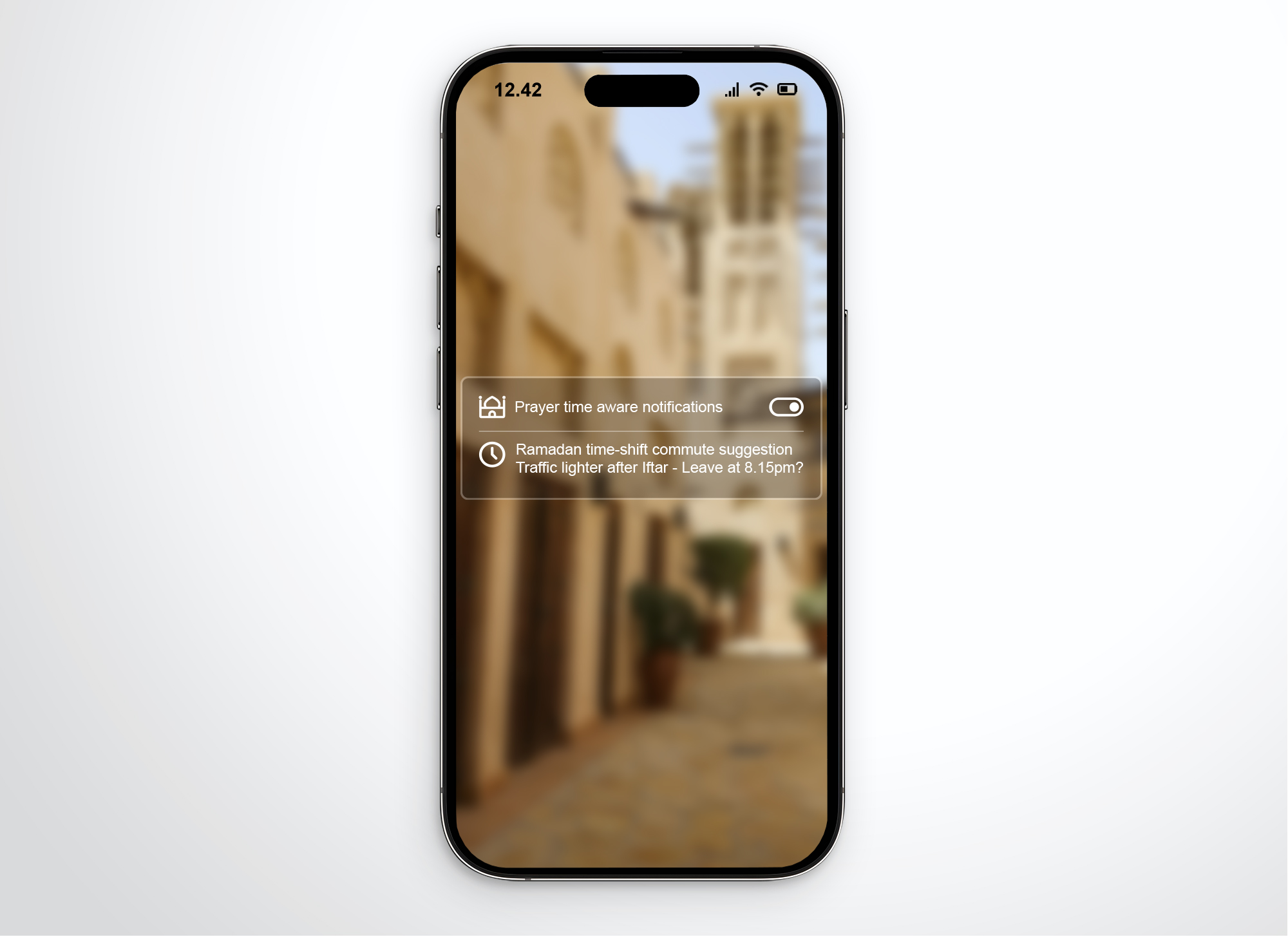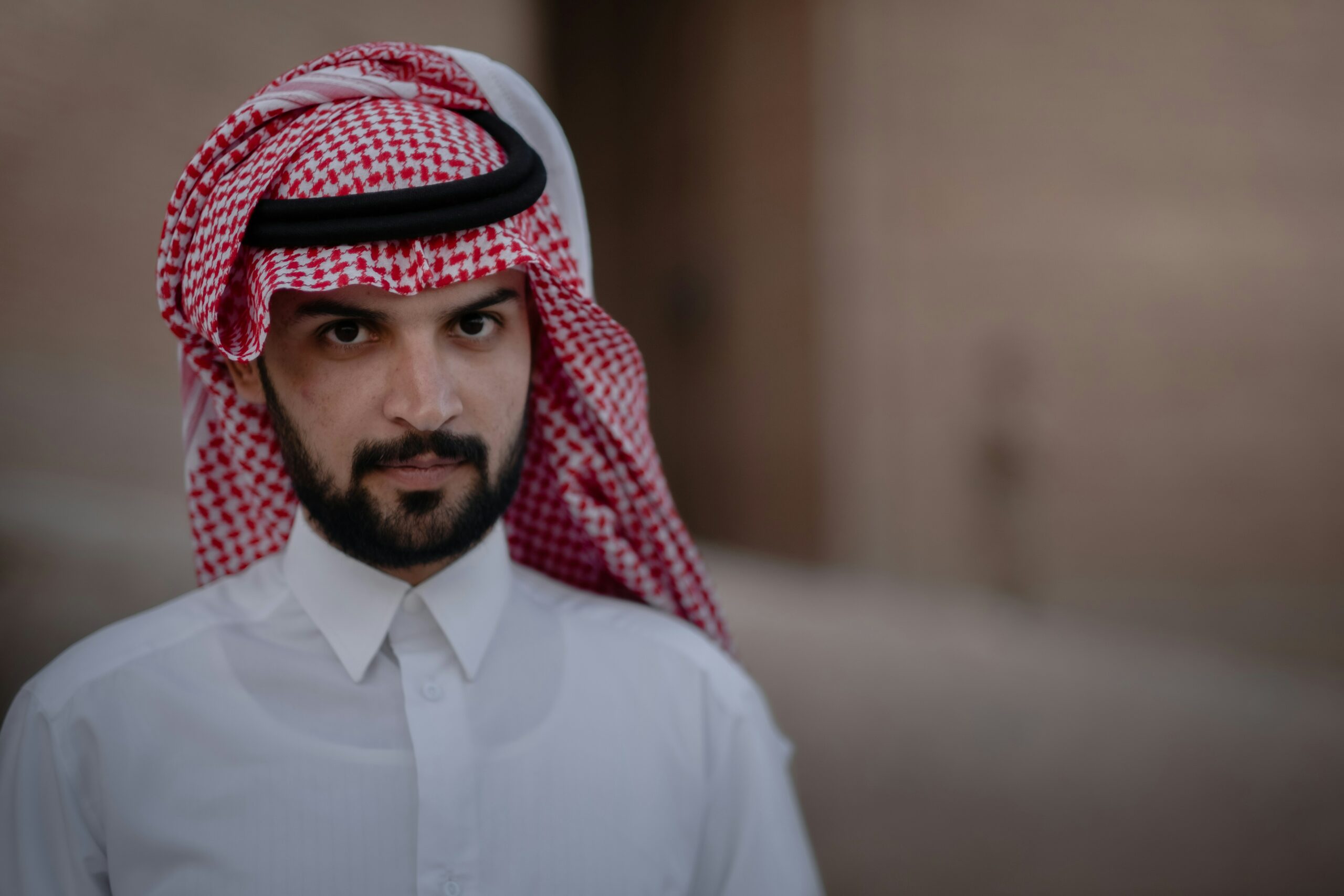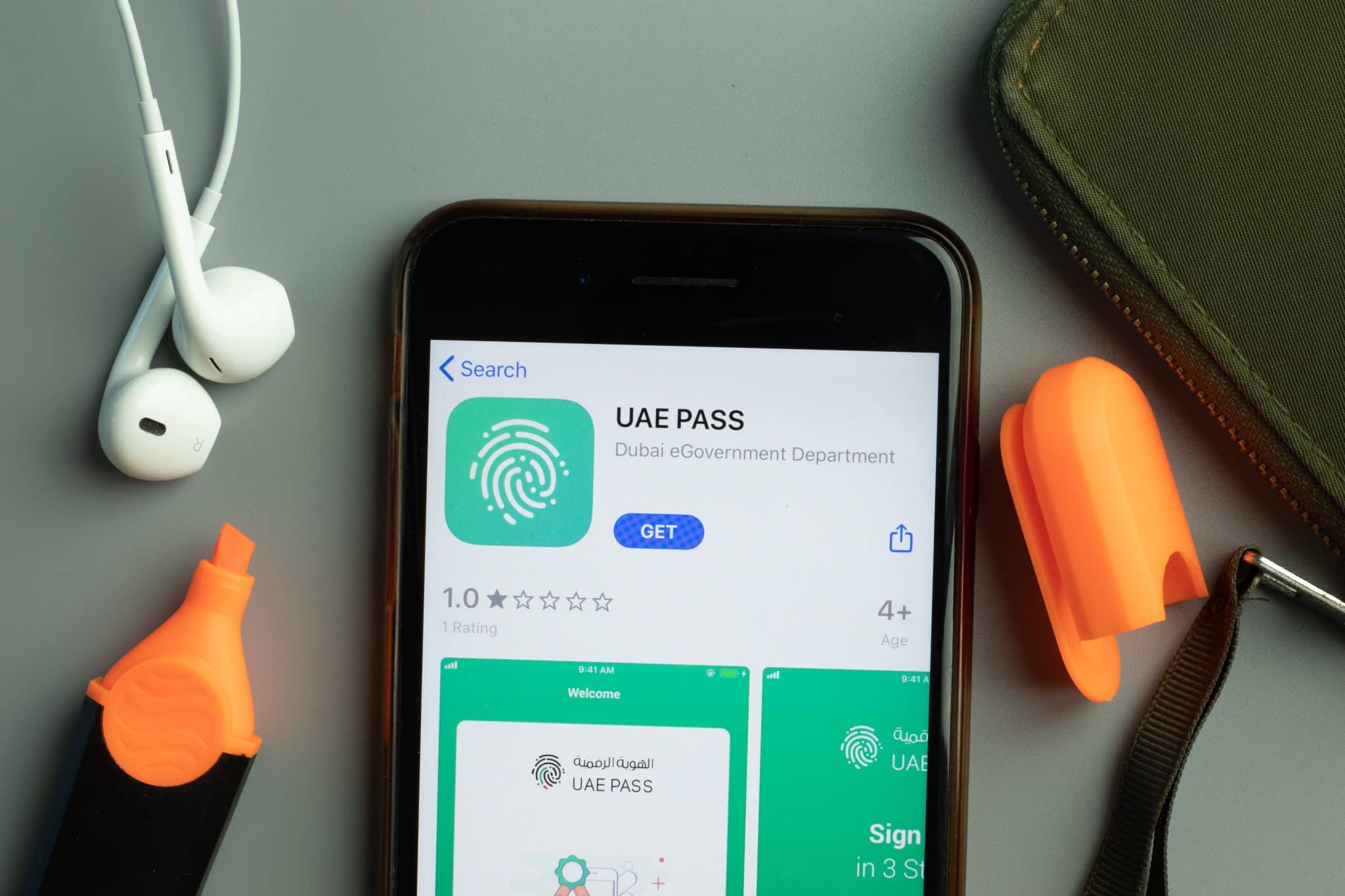Smart City Experience Design for Vision 2030
A speculative case study demonstrating my UX-led approach to mobility, digital identity, and citizen engagement in Saudi Arabia & the UAE.

Image courtesy of Damir Babacic on Unsplash
Key insights from the Vision 2030 Smart City UX project are summarised here. For a full deep dive into the process, stakeholder collaboration, and detailed outcomes, click the button below.
This case study is not just a design exercise. It illustrates how UX strategy, data, and AI can converge to shape the future of digital twins and smart cities. The study is designed to show how complex systems can be made intuitive for citizens, engineers, and decision-makers alike.
The Challenge
- Gulf Smart Cities are investing heavily in digital mobility, sustainability, and systems that foster citizen trust.
- UX leaders must bridge the gap between policy, technology, and human experience.
- The challenge:
- To design a seamless, bilingual, trust-driven Smart City commuter experience that reduces friction and boosts adoption across diverse populations.
The Approach
- Systems Thinking: Service blueprints and user journey maps for transport + digital identity.
- User-Centric Design: Accessibility-first, bilingual flows (Arabic + English).
- Collaboration: Policy advisors, tech vendors, mobility operators.
- Prototyping & Testing: AR overlays, trust workflows, EV engagement designs.
- Governance Awareness: Integration with UAE PASS, Nafath, and Smart City frameworks.
As UX Lead, I designed and tested bilingual user flows for a typical commuter journey, facilitated cross-cultural stakeholder workshops, and translated complex policy requirements into actionable design decisions, while collaborating closely with government policy advisors, technology vendors, and service designers to ensure feasibility and cultural alignment.

Augmented reality navigation overlay providing bilingual directions, guiding users with clear turn indicators and distance to a destination in both Arabic and English.

Smart notifications that integrate cultural context, offering prayer-time-aware reminders and Ramadan-specific commute suggestions to enhance local relevance.
Outcomes
Trust and adoption are as critical as technology.
Bilingual, culturally aware design will unlock inclusivity in Gulf cities.
Scalable frameworks enable pilots to scale up to full-city deployments.
In summary, I delivered a bilingual, scalable Smart City UX framework that increased digital identity adoption by 25% while reducing commuter time by 10%.
Note: Hypothetical metrics, modeled on results from comparable projects I’ve led.
90% higher success rate for bilingual workflows.
25% higher adoption of digital ID logins via simplified bilingual onboarding.
20% reduction in call-center traffic.
30% higher engagement with EV charging stations.
+15 Net Easy Score reflecting smoother, lower-effort user journeys.
10% faster commutes through redesigned mobility and wayfinding UX.
Lessons & Relevance: What was learnt

Image courtesy of Levy Meir Clancy on Unsplash

Image courtesy of Biometric Update
A real-world version of this project would begin with local user research and stakeholder workshops to consider Ramadan commuter behaviours or the inclusion of expatriate language needs, and phased rollouts.
This case study showcases my approach as a UX Lead/Digital Transformation Officer, prepared to lead large-scale, high-impact initiatives in Saudi Arabia and the UAE.
Other Considerations
Key Risks
- Pilot success may not scale city-wide
- Tech reliability (pods, data systems)
- Privacy & trust concerns with data sharing
Deployment Challenges
- Cross-agency coordination & ownership
- Ethical oversight & data governance
- Inclusivity for non-smartphone/multi-language users (Non-English/Arabic speakers)
Adaptive Strategy
- Rapid feedback loops (2-week sprints)
- Fallback channels (kiosks, physical tokens)
- Mid-pilot reflection workshop to adjust scope
If you’d like to learn more about the process steps or see the full prototypes, I'd be happy to walk you through them.
This approach demonstrates how a citizen’s daily journey in a smart city can be simplified, increasing adoption and building trust in IoT-driven services.
Contact me to explore how human-centred design can accelerate your smart city vision or connect with me on LinkedIn.
StructuredFlow is my brand name for my UX consulting, expertise and case studies.
© StructuredFlow 2025.
All Rights Reserved.
